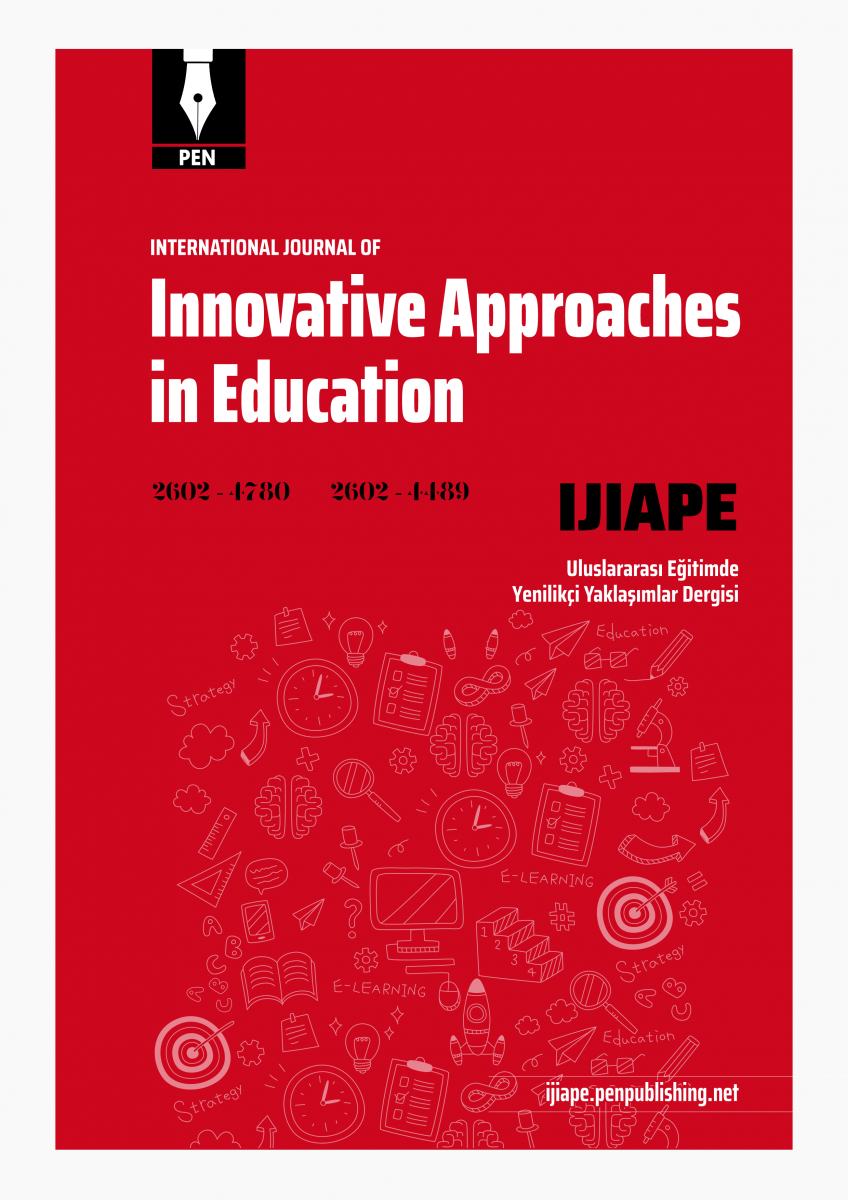Research article | Open Access
International Journal of Innovative Approaches in Education 2017, Vol. 1(1) 35-44
The Effect of The Listening Text's Type of Voice To Comprehension Skill in Teaching Turkish as a Foreign Language
pp. 35 - 44 | DOI: https://doi.org/10.29329/ijiape.2017.84.4
Publish Date: December 24, 2017 | Single/Total View: 383/903 | Single/Total Download: 519/1.748
Abstract
The aim of the study is to search the effects of using recorded listening materials or speaker-based listening materials as listening activities on the learners' listening skills that learn Turkish as a foreign language. The method of the study is mixed method case study. The participants are the students studying in TÖMER. In this study semi-structured interwiev form is used to collect the data. And also two listening texts that have the similar content,one recorded an one performed by a speaker, and listening comprehension tests are used. The learners are going to be evaluated by comprehension tests which will be handed out after each listening texts performed every other week.ın line with the answers given by the learner in the comprehension tests, we are going to search which kind of listening activity is more effective. The data collected in the study will be analzyed by the content analysis method. According to findings from the study, participants were found to be more successful in the speaker-centered listening test than multiple-choice tests in that the recorded listening test was more successful than the test used. Another outcome of the study is that the participants were more successful than the speaker-centered listening test in the listening test recorded in the gap filling questions.
Keywords: Turkish as a foreign language, listening education, mixed research method, foreign students.
| How to Cite this Article? |
|---|
|
APA 7th edition Harvard Chicago 16th edition |
| References |
|---|
|

